Simplified Biogeography By Dr. Krishnanand

Simplified Biogeography
Simplified Biogeography: Exploring Earth’s Living Systems with Dr. Krishnanand
Embark on an enriching journey through the diverse ecosystems of our planet with “Simplified Biogeography” by Dr. Krishnanand. This comprehensive textbook offers a captivating exploration of the distribution and dynamics of plant and animal life across different biomes and regions. Whether you’re a student, researcher, or nature enthusiast, this book provides a clear and concise understanding of the intricate relationships between organisms and their environments.
Contents:
Simplified Biogeography
Chapter 1: Introduction to Biogeography (Pages 5-10) Begin your exploration of biogeography with an introduction to its principles and scope, understanding the factors influencing the distribution of life on Earth.
Chapter 2: Biomes: Concept and Classification (Pages 11-26) Delve into the concept of biomes and their classification based on climate, vegetation, and ecological characteristics, laying the foundation for further study.
Chapter 3: Tropical Evergreen Biome (Pages 27-42) Explore the lush and biodiverse ecosystems of tropical evergreen forests, home to a myriad of plant and animal species adapted to high rainfall and consistent temperatures.
Simplified Biogeography
Chapter 4: Monsoon Deciduous Forest Biome (Pages 43-57) Discover the seasonal rhythms of monsoon deciduous forests, where vegetation undergoes dramatic changes in response to wet and dry seasons.
Chapter 5: Savanna Biome (Pages 58-80) Journey to the expansive savannas of the world, characterized by grasslands dotted with scattered trees and home to iconic wildlife such as lions, elephants, and giraffes.
Chapter 6: Desert Biome (Pages 81-97) Venture into the harsh and arid landscapes of deserts, where life thrives despite extreme temperatures and limited water availability, showcasing unique adaptations.
Simplified Biogeography
Chapter 7: Mediterranean Biome (Pages 98-110) Explore the Mediterranean region and its distinctive flora and fauna adapted to hot, dry summers and mild, wet winters, shaping diverse ecosystems known for their biodiversity hotspots.
Chapter 8: Taiga Biome (Pages 111-123) Enter the vast coniferous forests of the taiga, also known as the boreal forest, spanning across northern regions and characterized by cold climates and evergreen trees.
Chapter 9: Tundra Biome (Pages 124-130) Discover the icy landscapes of the tundra, where permafrost and short growing seasons support a unique array of plant and animal life adapted to extreme cold conditions.
Simplified Biogeography
Chapter 10: Mountains Biome (Pages 131-145) Ascend to the towering peaks of the world’s mountains, exploring the diverse habitats and ecological zones found at different elevations, from alpine meadows to snow-capped summits.
Chapter 11: Aquatic Biome (Pages 146-155) Dive into the watery realms of aquatic biomes, including freshwater lakes, rivers, and oceans, teeming with a rich diversity of aquatic plants and animals adapted to life in water.
Chapter 12: Soils: Factors & Processes (Pages 156-163) Understand the formation and characteristics of soils, exploring the factors and processes that influence soil development and composition.
Simplified Biogeography
Chapter 13: Soils Classification: USDA-ICAR-MARBUT (Pages 164-179) Learn about different soil classification systems, including the USDA, ICAR, and MARBUT systems, used to categorize soils based on their properties and characteristics.
Chapter 14: Soil Erosion, Degradation & Conservation Measures (Pages 180-190) Examine the causes and consequences of soil erosion and degradation, and explore conservation measures aimed at preserving soil health and fertility.
Chapter 15: Factors Influencing World Distribution of Plants & Animals (Pages 191-201) Investigate the factors shaping the distribution of plants and animals around the world, including climate, geography, and historical factors.
Simplified Biogeography
Chapter 16: Zoogeographic Regions of the World (Pages 202-210) Explore the major zoogeographic regions of the world and the unique assemblages of animal species found in each region, shaped by evolutionary history and ecological factors.
Chapter 17: Phytogeographic Regions of the World (Pages 211-220) Discover the phytogeographic regions of the world and the distinct plant communities that characterize each region, influenced by climate, soil, and other environmental factors.
Chapter 18: Problems of Deforestation and Conservation Measures (Pages 221-232) Examine the challenges of deforestation and habitat loss, and learn about conservation measures aimed at protecting biodiversity and restoring degraded ecosystems.
Simplified Biogeography
Chapter 19: Social Forestry & Agro Forestry (Pages 233-245) Explore innovative approaches to forest management, including social forestry and agroforestry, aimed at promoting sustainable land use and community livelihoods.
Chapter 20: Major Gene Pool Centres (Pages 246-256) Learn about the major gene pool centers around the world, where wild plant species are preserved and studied for their genetic diversity and potential agricultural value.
“Simplified Biogeography” by Dr. Krishnanand is your essential guide to understanding the rich tapestry of life on Earth. With clear explanations, vivid illustrations, and up-to-date research, this book will deepen your appreciation for the diverse ecosystems that shape our planet’s biodiversity. Whether you’re a student, researcher, or nature enthusiast, this book is your passport to exploring the wonders of biogeography.
Follow The Author On Facebook
Subscribe The Author On Youtube
Follow The Author On Instagram


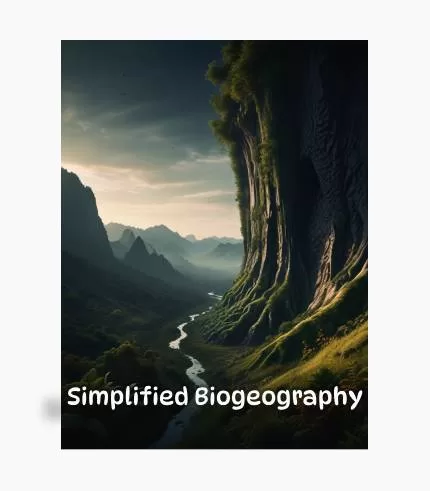
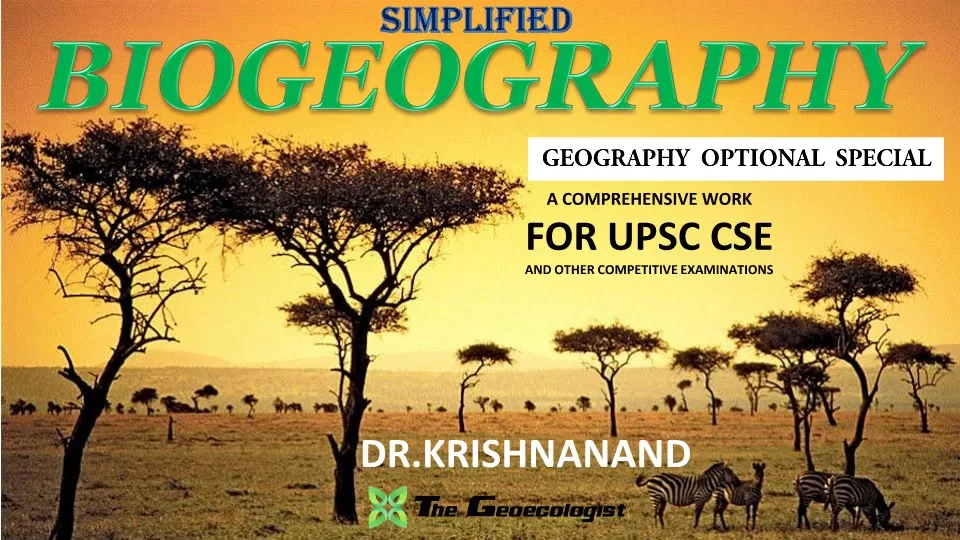
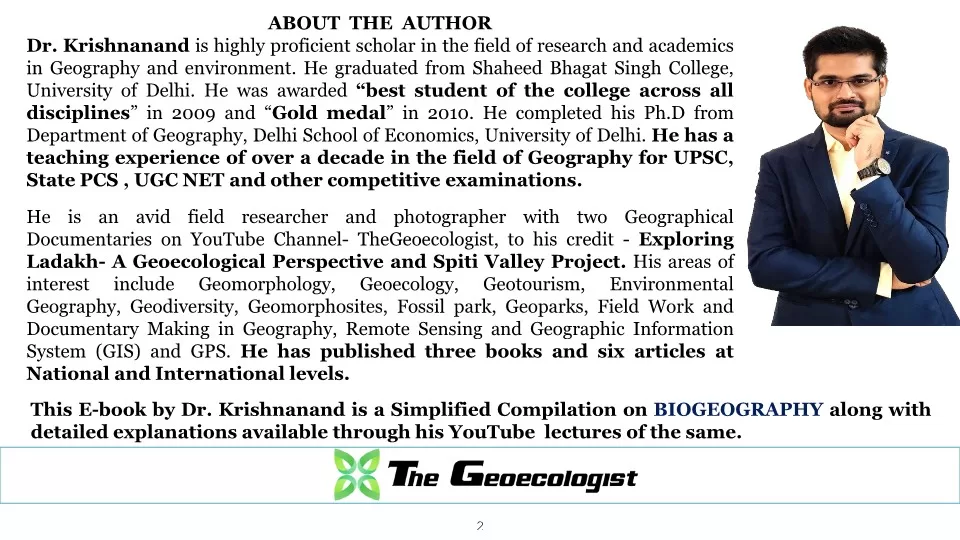


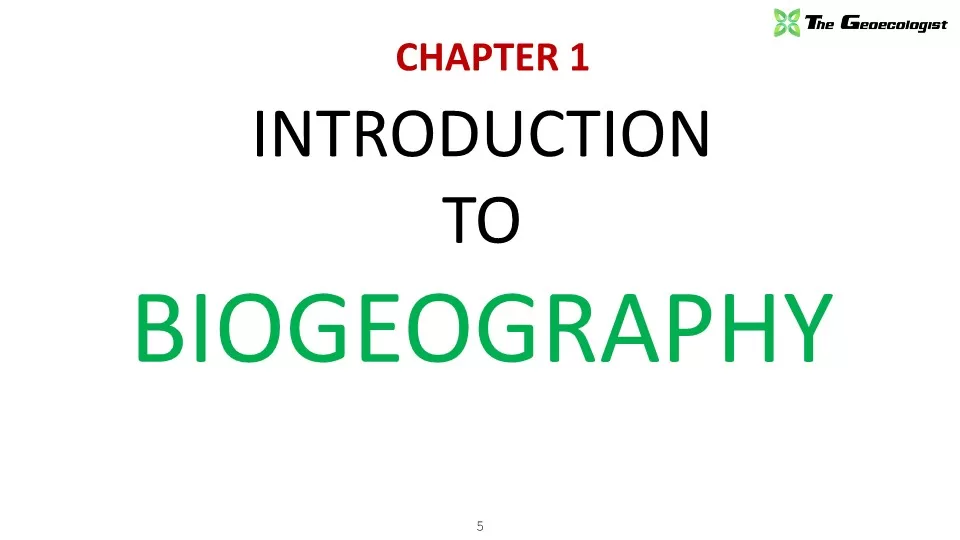
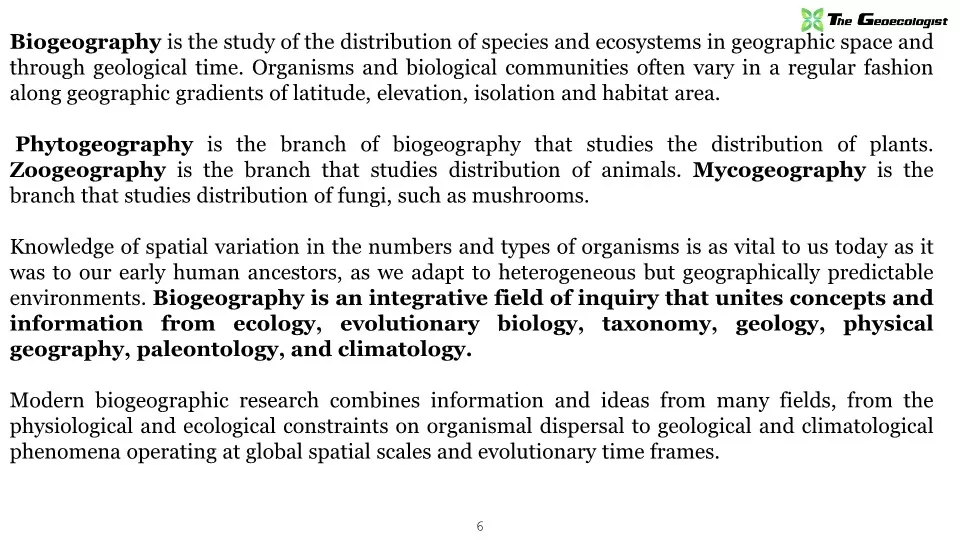
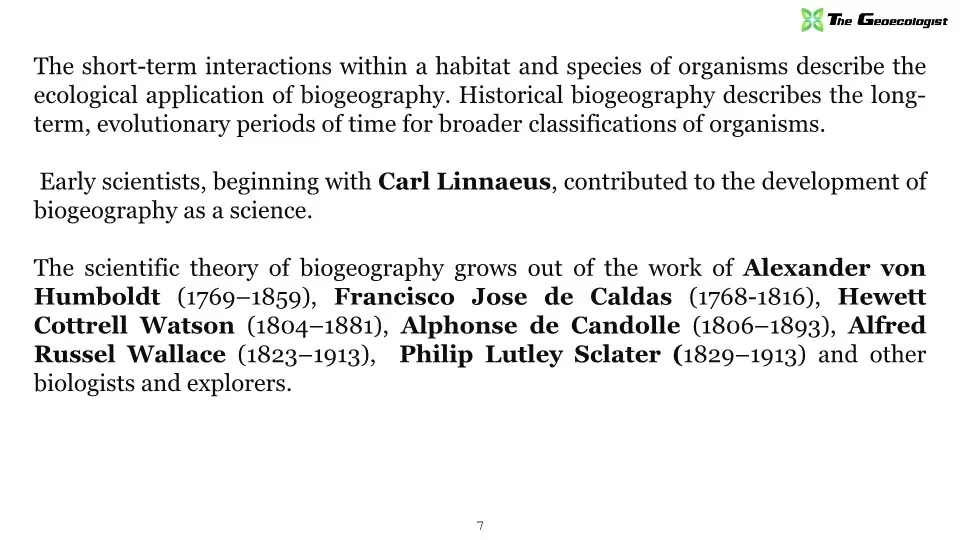
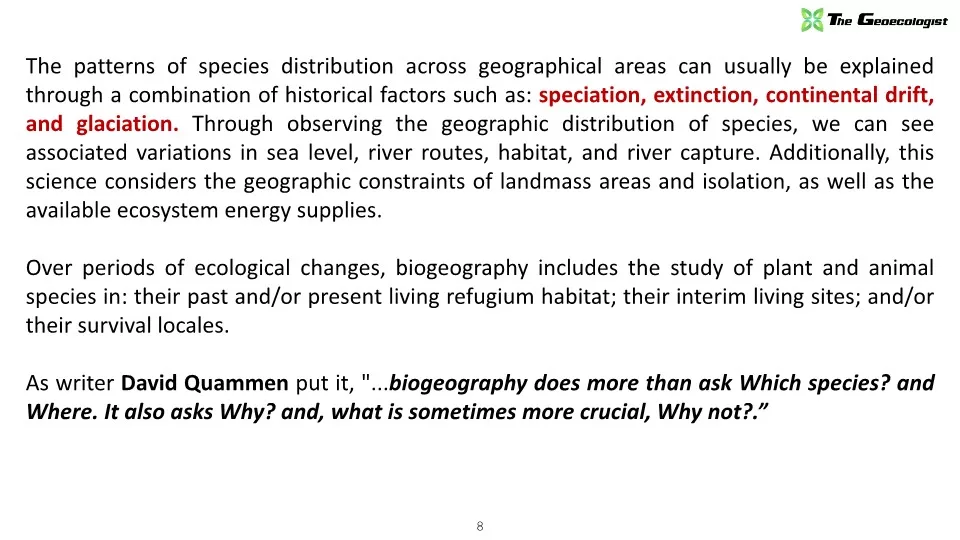

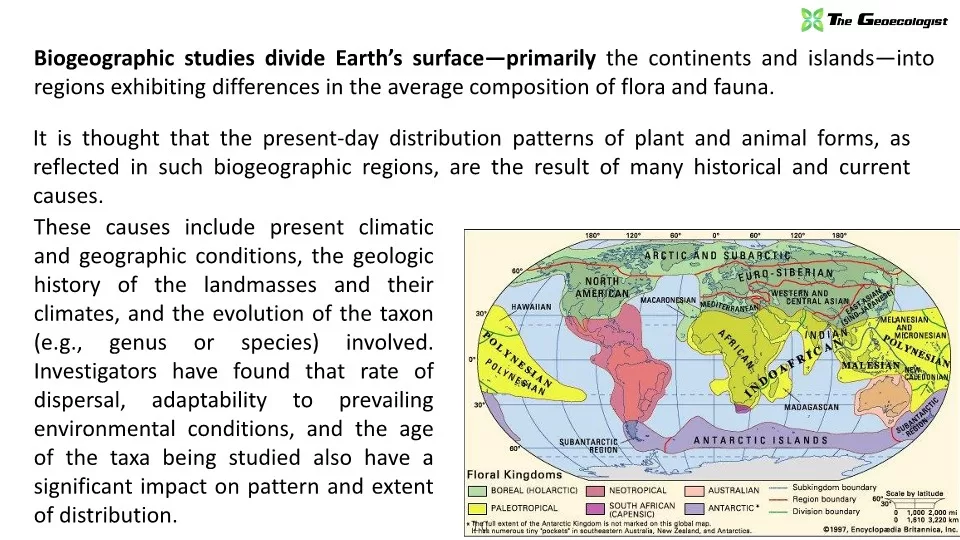













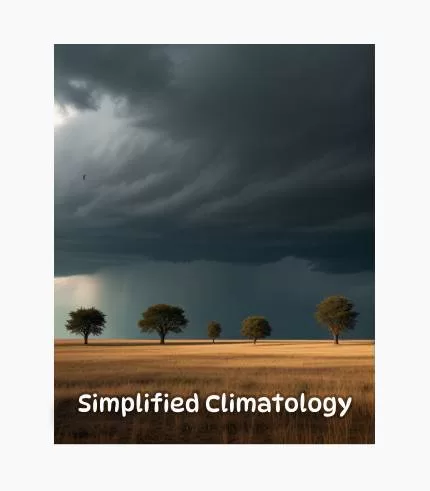





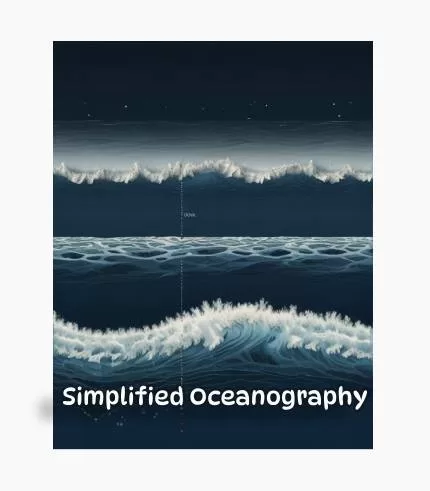

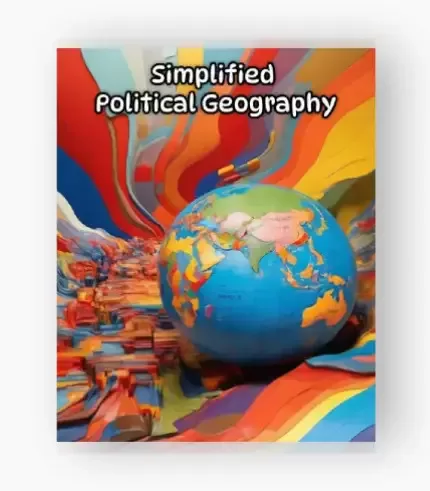

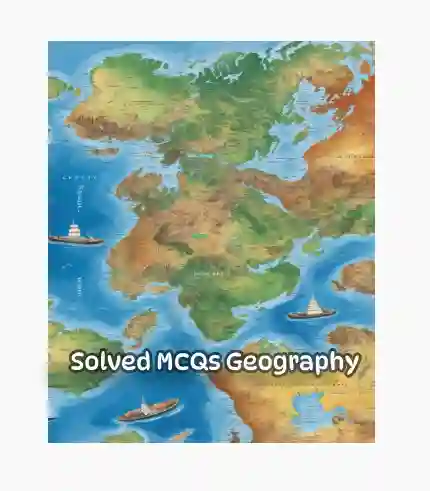



Reviews
There are no reviews yet.